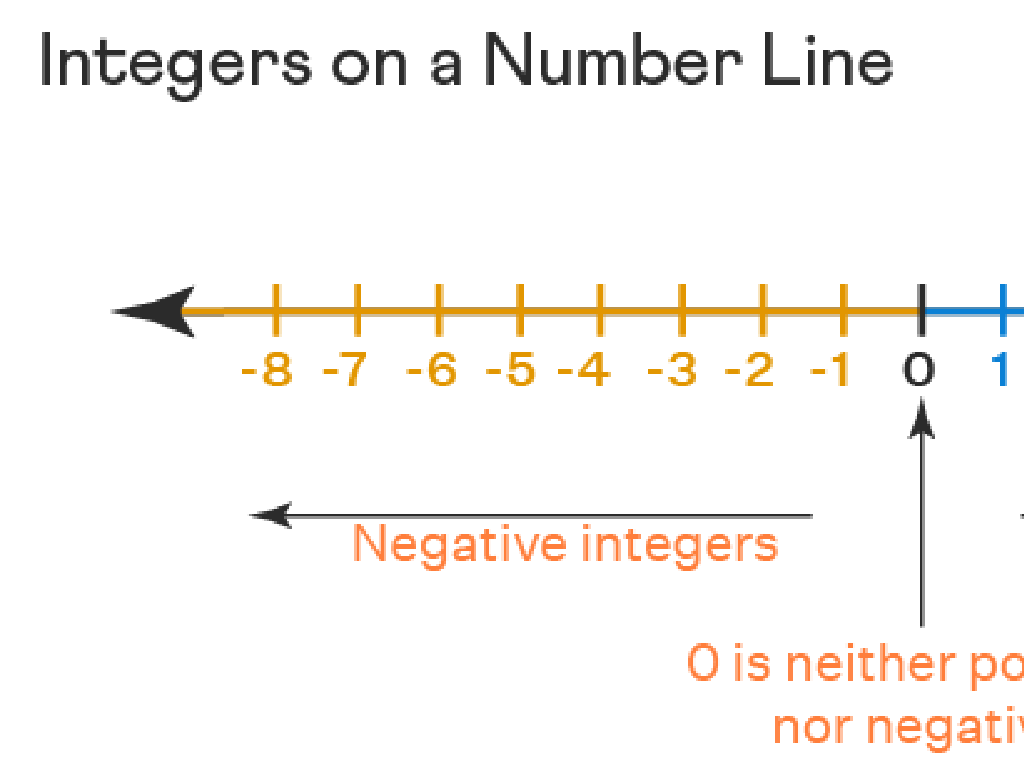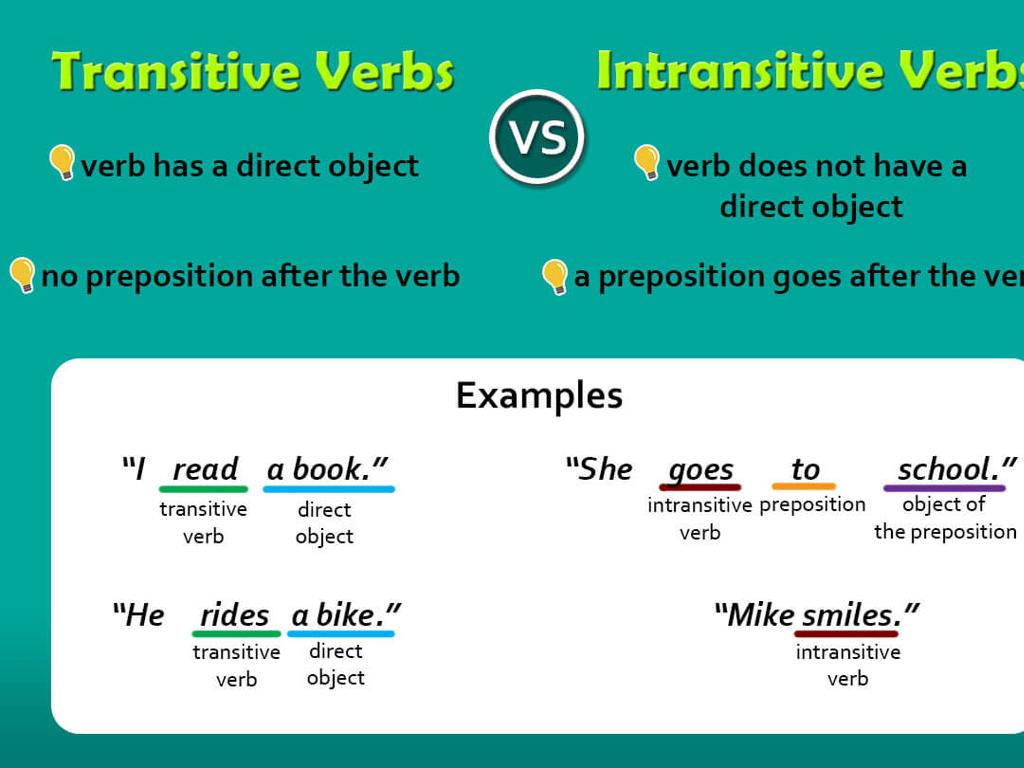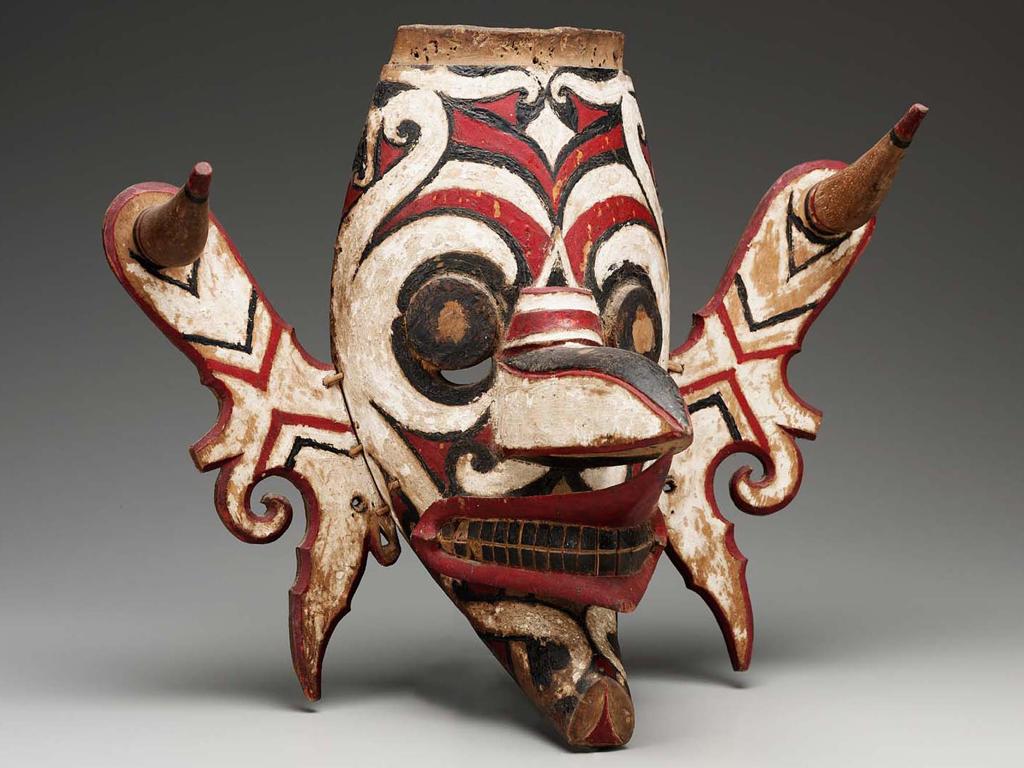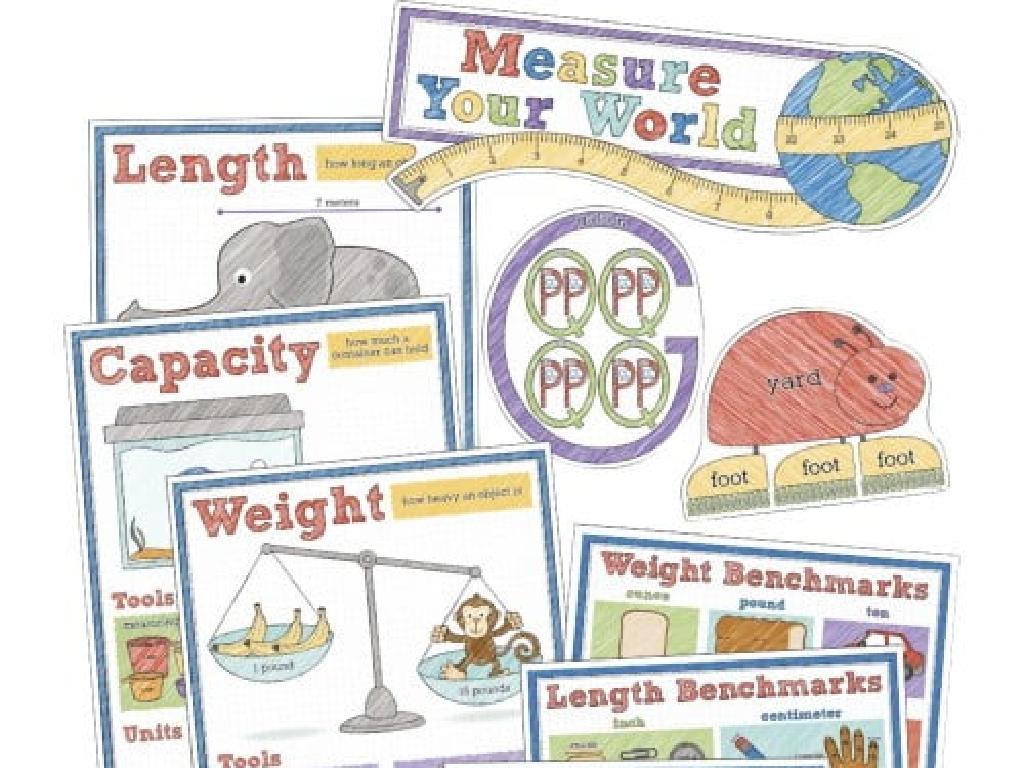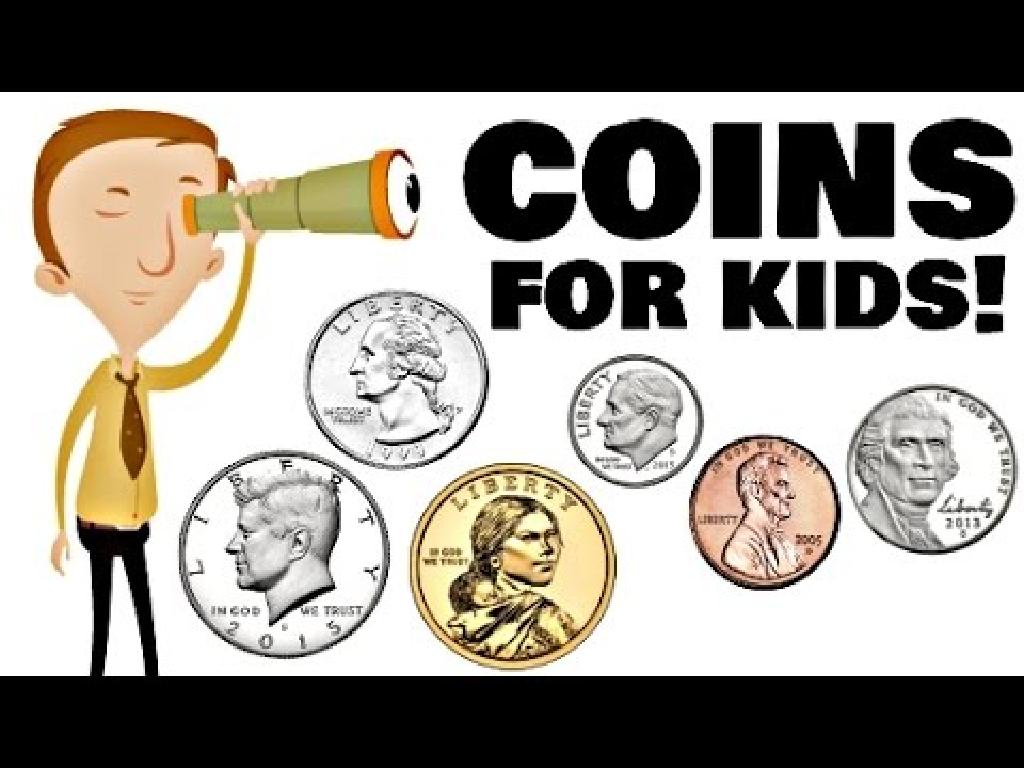Exchanging Coins - With Pictures
Subject: Math
Grade: First grade
Topic: Money
Please LOG IN to download the presentation. Access is available to registered users only.
View More Content
Welcome to Money Math!
– Learning about money
– Money’s purpose
– We use money to purchase goods and services.
– Recognizing different coins
– Coins like pennies, nickels, dimes, and quarters.
– Sharing our money experiences
– Have you seen or used money? Tell us about it!
|
This slide introduces students to the concept of money, its uses, and the common types of coins they might encounter. Start by explaining that money is used to buy things we need, like food and clothes, and things we want, like toys. Show them real coins or pictures of pennies, nickels, dimes, and quarters, and ask if they can identify them. Encourage the children to talk about their experiences with money, whether they’ve seen a family member pay for something or they’ve used coins themselves. This discussion will help them relate the lesson to their own lives and understand the value of different coins.
What is Money?
– Money: coins and bills
– Used to buy things we need or want
– Coins: round metal pieces
– Pennies, nickels, dimes, and quarters
– Bills: paper money
– Dollars are common bills
|
This slide introduces the concept of money to first graders, explaining that money comes in two forms: coins and bills. Emphasize that coins are made of metal and come in different sizes and values, such as pennies, nickels, dimes, and quarters. Explain that bills are made of paper and also have different values, typically represented by numbers. Use real coins and bills or pictures to show examples to the students. Encourage them to touch and hold the money to get familiar with the different textures and sizes. This tactile experience can help solidify their understanding of the physical properties of money.
Meet the Coins!
– Different types of coins
– Penny: worth 1 cent
– A penny is the smallest value coin.
– Nickel: worth 5 cents
– A nickel is worth the same as 5 pennies.
– Dime: worth 10 cents
– A dime is small but worth more than a penny and a nickel.
– Quarter: worth 25 cents
– A quarter is the largest coin here, worth 25 pennies.
|
This slide introduces students to the basic coins used in the United States currency system. Each bullet point presents a different coin, its name, and its value. The sub_content provides additional details to help students understand the relative value of each coin. For example, a nickel is equivalent to five pennies, which can be a fun and interactive way to demonstrate the concept of value. Use real coins or pictures to help students visualize and remember each coin. Encourage them to handle the coins and practice identifying them. This will set the foundation for future lessons on making change and understanding the concept of money.
Exchanging Coins: Making 10 Cents
– Trade coins of one kind for another
– 10 pennies equal 1 dime
– 10 small pennies can be swapped for 1 big dime
– Both are worth 10 cents
– Explore other combinations for 10 cents
– Maybe 2 nickels or 1 nickel and 5 pennies?
|
This slide introduces the concept of exchanging coins and understanding their value. Start by explaining that different coins can be worth the same amount and can be traded for each other. Use visuals to show that 10 pennies can be exchanged for 1 dime as they both equal 10 cents. Encourage the students to think of other combinations of coins that add up to 10 cents, such as 2 nickels or 1 nickel and 5 pennies. Provide real coins or manipulatives for hands-on practice. This activity will help students grasp the concept of equivalent value and improve their counting and coin recognition skills.
Let’s Practice Exchanging Coins!
– Exchange 5 pennies for a nickel
– 5 pennies = 1 nickel (5¢ = 5¢)
– 2 nickels make a dime
– 10¢ (2 nickels) = 1 dime (10¢)
– Practice with real examples
– Use pictures to show coin exchange
|
This slide is designed to help first graders understand the concept of exchanging coins. Start by explaining that coins have different values and can be exchanged for an equivalent value. Show them that 5 pennies, which are each worth 1 cent, can be traded for a nickel, which is worth 5 cents. Similarly, two nickels, which are each worth 5 cents, can be exchanged for a dime, which is worth 10 cents. Use pictures of the coins to help students visualize the exchange process. For the activity, provide real coins or pictures of coins and guide the students through several examples, allowing them to physically exchange the coins or match pictures of equivalent value. This hands-on practice will reinforce their understanding of coin values and exchanging money.
Coin Exchange Game
– Let’s play a coin trading game
– Trade coins with friends in class
– Make sure coins have equal value
– For example, trade 2 dimes for 1 quarter
– Have fun learning about money!
|
This activity is designed to help students understand the concept of equivalent value using coins. Set up stations with different coin denominations and allow students to trade coins with their classmates. The objective is for them to make trades that result in equal values, not necessarily equal numbers of coins. For instance, a student can trade two dimes for one quarter, as both sets are worth 25 cents. Monitor the trades to ensure fairness and understanding. Possible activities include: 1) Trading for a target value, 2) Timed trades to find the best deals, 3) Group challenges to reach a value goal, 4) Independent reflection on trade strategies, 5) Class discussion on the different ways to reach the same coin value.
Class Activity: Coin Exchange!
– Pair up for coin trading
– Start with a set of coins
– Trade to make new amounts
– Think about different ways to make the same amount
– Aim for amounts like 20¢ or 50¢
|
This activity is designed to help students understand the concept of exchanging coins and making different amounts. Each pair of students will be given a set of coins with different denominations. Encourage them to trade coins with their partner to form new amounts, such as 20 cents or 50 cents. This will help them to learn the value of different coins and how they can be used interchangeably. Possible activities could include: trading to make the exact price of an item, trading to reach a total amount using the least number of coins, or finding multiple ways to reach the same total amount. This hands-on experience is crucial for their understanding of money and will also enhance their problem-solving and critical thinking skills.
Coin Exchange Masters!
– Congratulations on learning coin exchange!
– Each coin has its own value
– Remember: Pennies, Nickels, Dimes, and Quarters
– Practice makes perfect in coin exchange
– The more you practice, the better you’ll get!
– Keep exchanging and become an expert!
|
Well done to all the students for their hard work in learning about exchanging coins! It’s important to remember that coins like pennies, nickels, dimes, and quarters each have their own value. Consistent practice with these coins will help students become more confident and skilled in identifying and using money. Encourage them to practice with real coins or play money at home to reinforce what they’ve learned. Celebrate their progress and remind them that they are on their way to becoming coin exchange experts!

